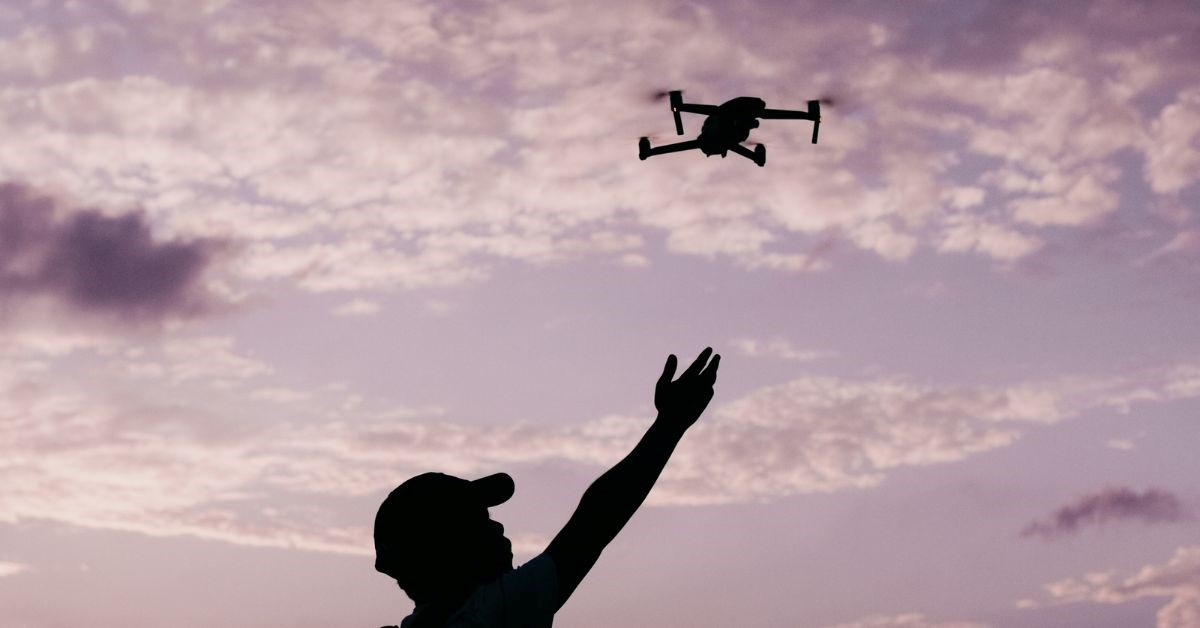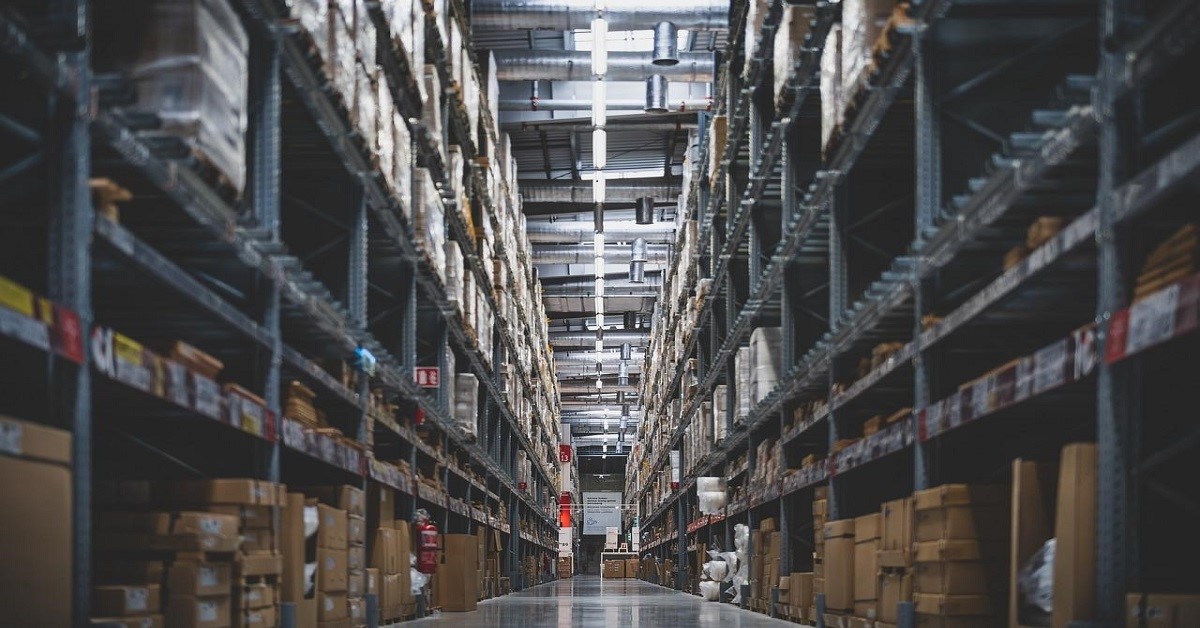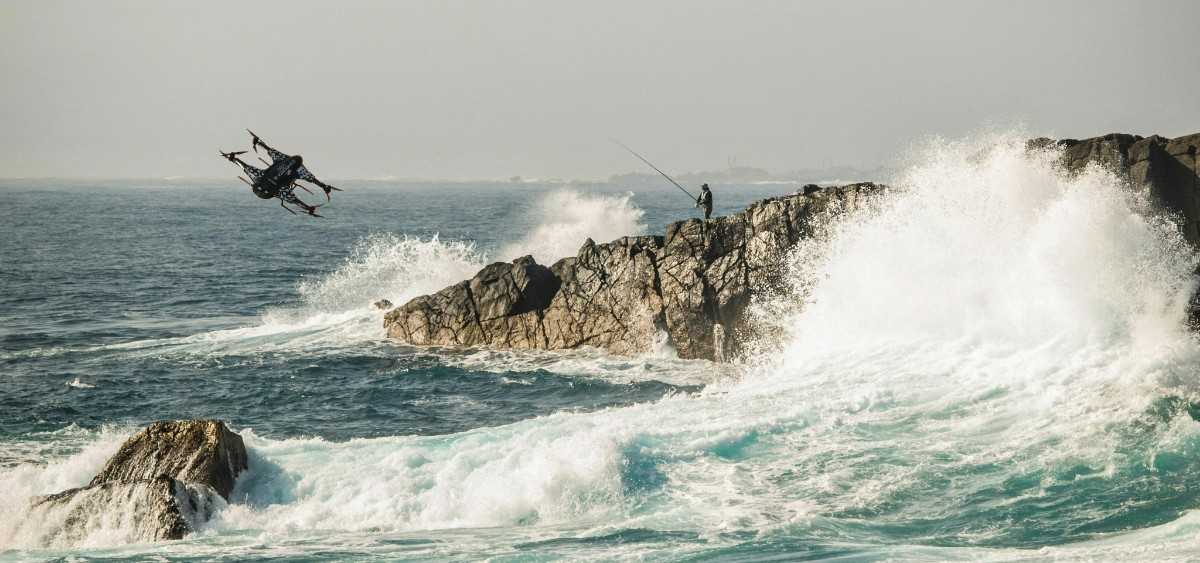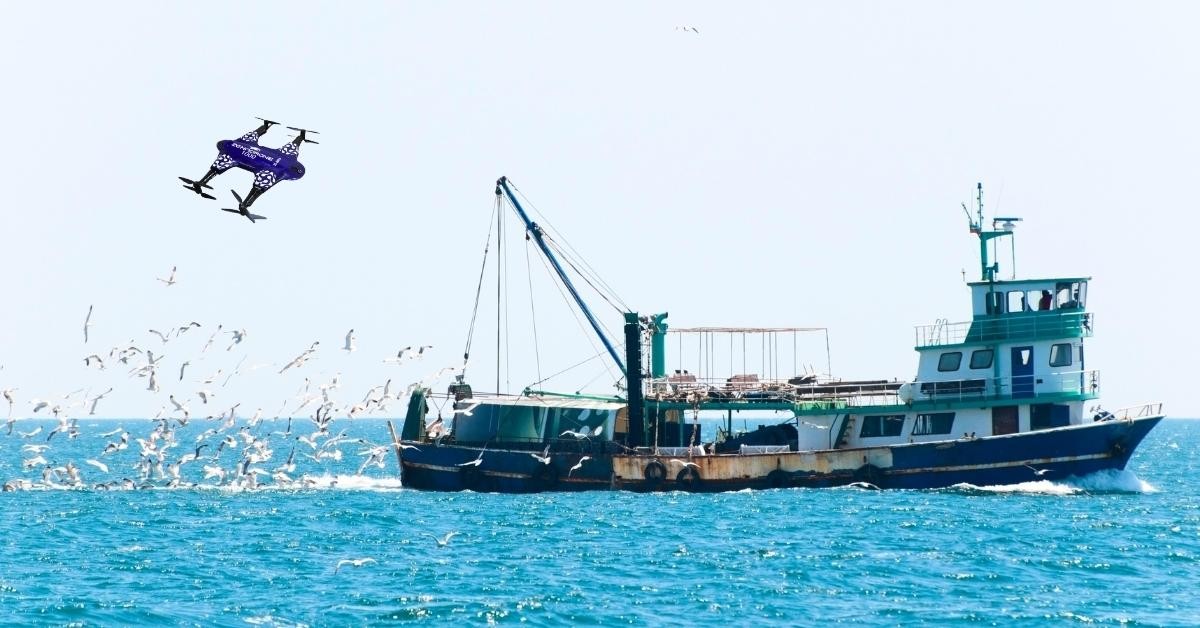Urban Transportation: Using Drones in Urban Planning

The use of drones in urban design is common. Since their commercial availability, they have seen and continue to see use in many industries. Their versatility gives them a variety of applications, especially in the urban planning sector. With additional sensors, GPS, and radio components, drones can collect large amounts of data more efficiently than traditional methods. This data helps architects, engineers, and city planners make more informed decisions and more inclusive planning.
Drones are also helpful in ensuring effective transportation planning. High-resolution aerial imagery and refined data offer new information on congestion patterns, hot spots, and surrounding land use.
What are the Roles Drones Play in Urban Planning?
In general, drones and unmanned aerial systems are capable of faster and more efficient data collection. They save money and allow staff and construction firms to proceed with later stages of construction. The data that drones provide allows for a more thorough evaluation that accounts for the viewpoints of various stakeholders. However, while this is their primary purpose, drones can do more than gather data.
These are among the many practical applications of drone technology in urban planning:
1. Surveying and Route Planning
Drones are capable of performing topographic surveys for planning new routes and alterations. Survey crews can use drones to collect and process data quickly. Data collection processes can be as simple as simulating topographic locations or as complex as construction site inspection. Drones and unmanned aerial systems also enable more dynamic planning and design. Capturing pedestrian desire paths helps in understanding potential foot traffic areas and allows for designing or adapting pedestrian pathways.
2. Resilience Planning
Risk assessment and resilience planning are among the many applications of drone technology. Aerial surveying for city planning can also extend to risk assessments, which can now be performed in real-time. Using drone technology, planners can coordinate response efforts and identify damage-prone areas and infrastructure ahead of time. Drone systems can also help monitor evacuation conditions and identify affected infrastructure. They can help provide critical public safety information, quantify debris types, or monitor hazardous areas.
3. Environmental Planning
Environmental impact assessment is a vital part of urban planning and design. Everything from clearing brush and trees to draining wetland habitats has to be considered. Agencies no longer have to make site surveys on foot when conducting impact assessments. Instead, drone technology in urban planning can help agencies provide different perspectives and offer a complete picture. Other environmental issues drones can help in addressing include traffic impacts and congestion. Alongside other systems, drones can collect data to better understand traffic flow among different types of transports.
4. Asset Management
Planners need to consider the project’s entire life cycle when surveying and planning the initial design. They must ensure that the design fits within the budget, reduce timelines, and save on costs whenever possible. Drones make this possible and more. Aside from their surveying capabilities, drones are also essential in their ability to assist in asset management.
In terms of urban development with drones, inspectors can use them to identify potential issues in real-time. Doing so can help lengthen life cycles, minimize costly repair costs, and give more accurate downtime estimates.
How Drones in Urban Design Improve Transportation for Urban Centers
Expanding infrastructure options is one of many viable approaches toward transportation planning. Today, the focus is on meeting the needs of the traveling public as much as possible. Traditional planning methods involve monitoring traffic via tower-mounted cameras and detectors, but these often need to be faster. They also don’t account for lesser-traveled routes. Comparatively, drones are much faster and more efficient in more ways than one.
Here are two ways urban planners and architects utilize drone technology in urban planning to improve transportation:
1. Traffic Safety Planning
Drones in urban design and transportation planning help primarily by making real-time observations during rush hour conditions. Using their data, planners can make changes to improve rider and pedestrian safety. Drone footage and data allow urban planners to make accurate models and simulations of proposed changes. The data provided by drones often exceeds the quality provided by traditional 2D maps.
With the help of artificial intelligence and machine learning, planners can take full advantage of real-time drone video data. These technologies combined can help drastically improve various safety and efficiency criteria.
2. Parking Space Planning
Parking space use can be inefficient and hamper traffic flow, which is critical in urban centers. By using drones in urban design and transportation planning, city planners and architects can implement more informed changes. Drone data can quickly provide aerial imagery that advanced software, and algorithms can composite into simulated models. These models can account for parking occupancy as well as factors like time and date.
Additionally, the aerial imagery drones provide can be valuable in presenting proposed policies for officials and residents.
The Bottom Line
Drones in urban design and transportation planning is a fast-growing sector and is expected to keep growing. They provide a faster, more efficient means of data collection and allow construction projects to proceed on schedule and within budget. Combining drones and unmanned aerial systems also helps planners and architects adapt to changing approaches toward urban planning. The same goes for meeting transportation needs and demands in significant city centers worldwide.
That said, planners still need to assess projects and determine the best solution with available technology. Drones enable and empower the best solutions, especially with limited resources. For many city planners starting projects, there is no better time to integrate drones than now.
Contact Us
Thank you for your message. It has been sent.
Latest Posts
Social Profiles















